
Discover more in the North East
Characterful houses and gardens, atmospheric woodland and rugged coastlines plus a UNESCO World Heritage site.
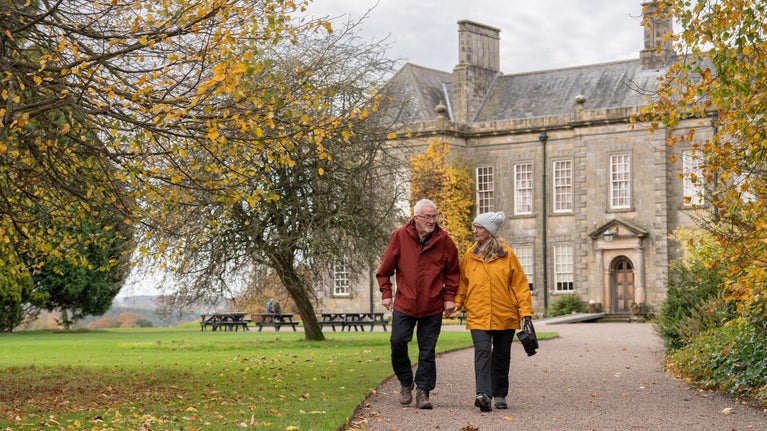
Step inside the National Trust’s most remarkable buildings across North East England. From the dramatic Lindisfarne Castle to the theatrical Seaton Delaval Hall and the pioneering Cragside—Britain's first smart home—each place reveals a unique chapter of the region’s story. Discover what to see and do inside each place, from grand halls and ornate interiors to innovative design and the lives of those who shaped them.
Step into places where bold ideas and brilliant design changed the way we live. From pioneering technology to theatrical architecture, these buildings are as inspiring today as when they were first built.
Step into the Britain's original smart home. Cragside is a Victorian marvel filled with ingenious gadgets, grand interiors, and the vision of inventor Lord Armstrong. Explore rooms that once amazed royalty and discover how innovation shaped this extraordinary house.
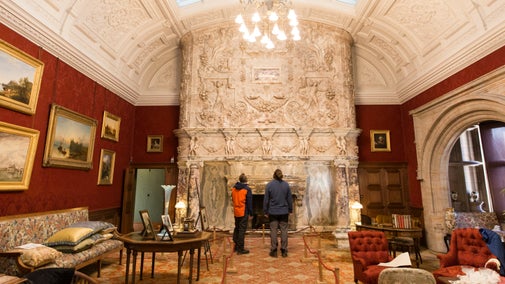
A grand country house with a creative heart. Inside Wallington, explore elegant rooms, a vast library, and a remarkable collection of art and curiosities that reflect the interests of the Trevelyan family.

Bold, theatrical, and full of surprises—Seaton Delaval Hall is a masterpiece of Baroque architecture. Discover dramatic interiors, playful design, and the story of a family known for their flair and flamboyance.
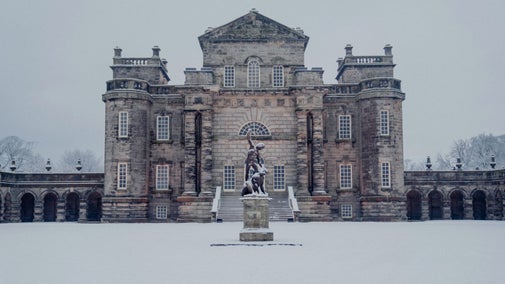
Step inside the world’s first electric lighthouse. Explore the original engine room, climb the tower, and discover the daily lives of the keepers who kept the light shining. With its striking design and preserved interiors, Souter offers a fascinating glimpse into Victorian innovation and coastal life.

Perched on Holy Island, Lindisfarne Castle blends Tudor fort and Edwardian retreat. Step inside to see how architect Edwin Lutyens transformed it into a stylish holiday home, with sweeping views and timeless charm.
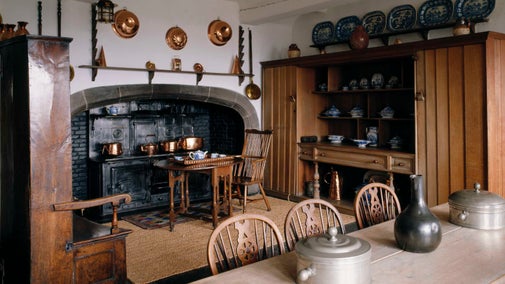
Discover the homes of artists, inventors, and everyday families whose lives shaped the world in quiet but powerful ways. These smaller places are full of big stories.
Visit the birthplace of Thomas Bewick, the celebrated wood engraver. This small stone cottage offers a glimpse into 18th-century rural life and the creative beginnings of one of the North East’s most influential artists.

Explore the atmospheric manor house linked to the family of George Washington, the first U.S. president. With its medieval origins and Jacobean features, Washington Old Hall blends centuries of history in a unique setting that connects North East England to American heritage.
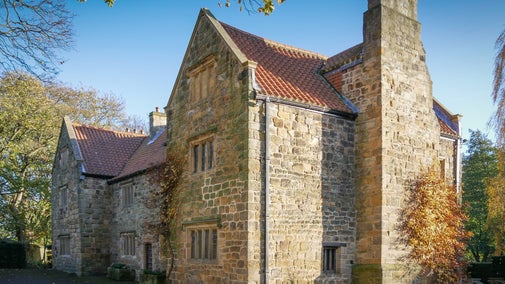
Discover a hidden gem in Middlesbrough — a classic Georgian mansion where elegant décor, historic paintings, and antique furnishings bring to life the fascinating stories of the Pennyman family.

Step inside the medieval hall at the heart of Crook Hall. With centuries of history layered into its walls, the house offers a rich and atmospheric journey through time.

Explore the humble cottage where railway pioneer George Stephenson was born. Discover how this simple home shaped the early life of the man who would change the world with steam.
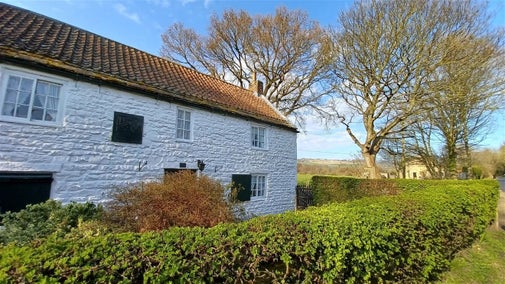
Thomas Bewick transformed printmaking in Georgian England by pioneering wood engraving techniques that rivalled the fine detail of metal engraving. Using boxwood and tools, he achieved extraordinary detail and delicate shading. His immense skill and minute details are showcased at their best in illustrations like The Snow Bunting featured in his book History of British Birds. You can see his works on display at Cherryburn, the farmhouse he and his family called home.

Stepping into Wallington’s Central Hall is like walking into the rich tapestry of Northumberland’s history, legends, and landscape. In the 1850s, William Bell Scott, director of the Newcastle School of Design, was commissioned and designed eight jewel-toned canvases showing the history of the region in brilliant detail. From the building of Hadrian’s Wall to the industrial achievements of the mid 1800s, Scott worked on them for four years and featured Estate workers, family members or their friends.
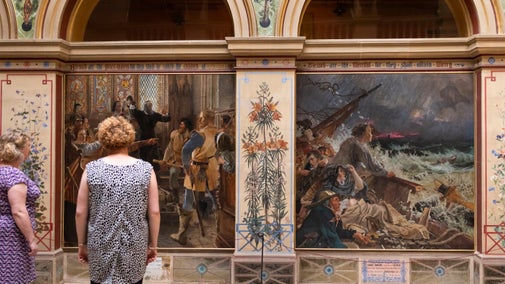
In the Library at Cragside, see the world’s first domestic lightbulbs housed in stunning Chinese cloisonné vases. William, 1st Lord Armstrong was one of the great scientific innovators of the Victorian age and made Cragside the first house in the world to be lit by hydroelectricity. The copper vase conducted current, and a wire inside dipped through a hole into ‘a small, insulated mercury cup’ in the metal base. It had no switch: setting the vase onto the base turned it on, removing it turned it off.

The Henrietta is a wooden model of a 19th century schooner. Made in Amsterdam in about 1840, it would have been one of many being produced at the time. The ship model was bought for Lindisfarne castle during renovation work by Sir Edwin Lutyens for the Ship Room. It hangs from the ceiling with a wire pulley system. The ship sculpture is carefully lowered and cleaned by the collections team at Lindisfarne every year in the winter.
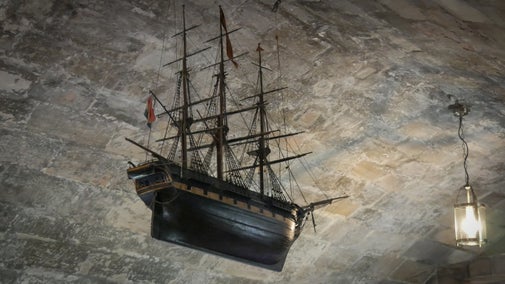

Characterful houses and gardens, atmospheric woodland and rugged coastlines plus a UNESCO World Heritage site.